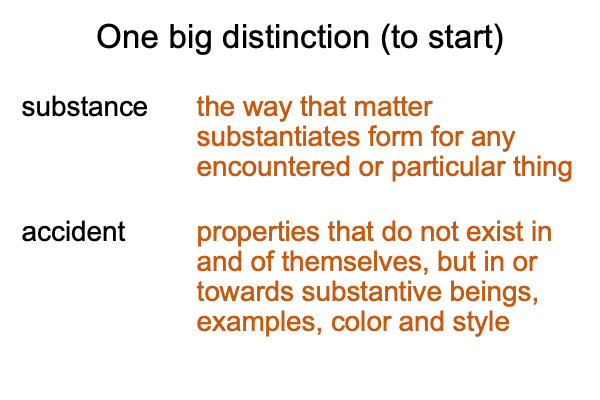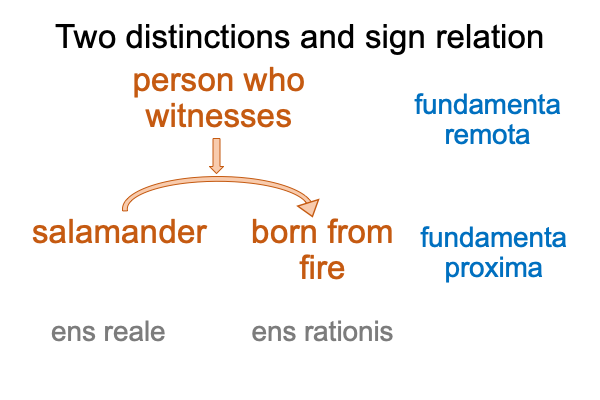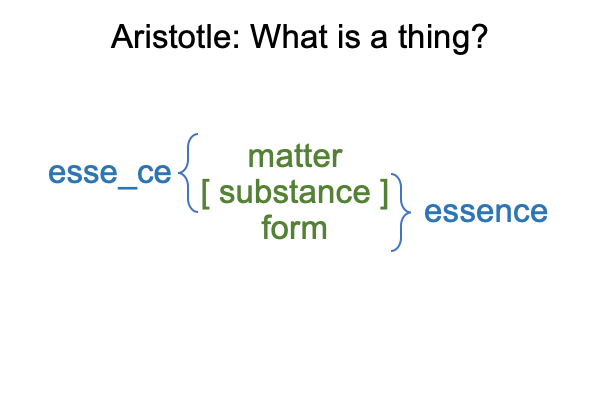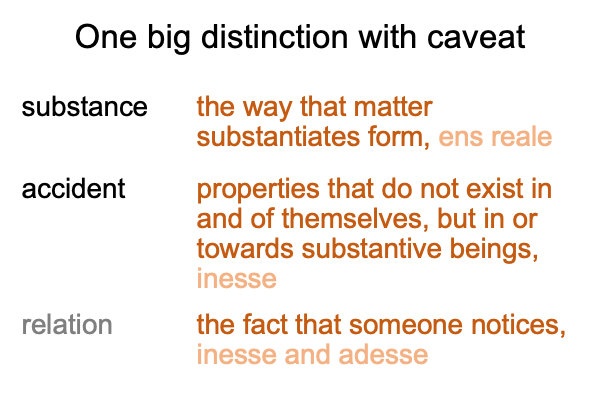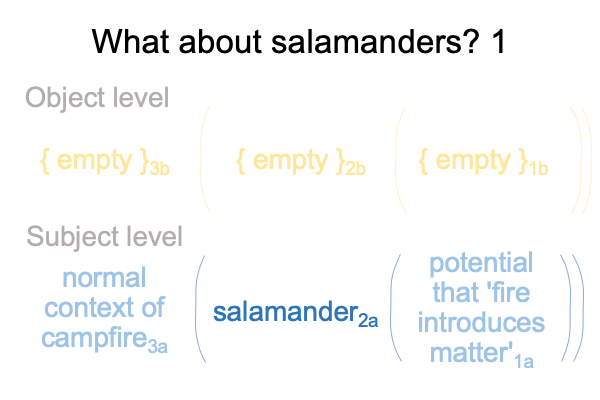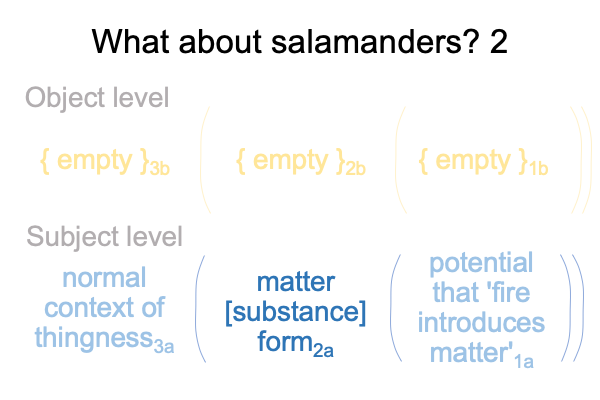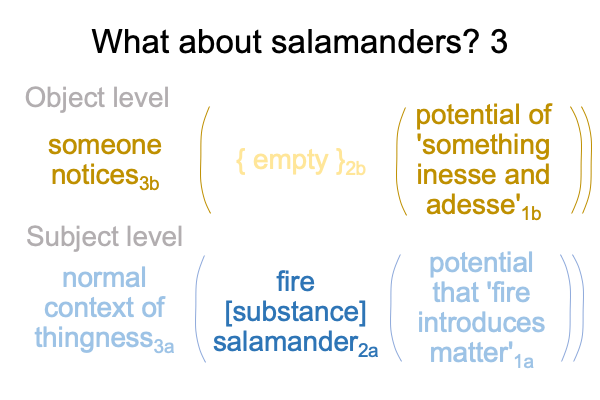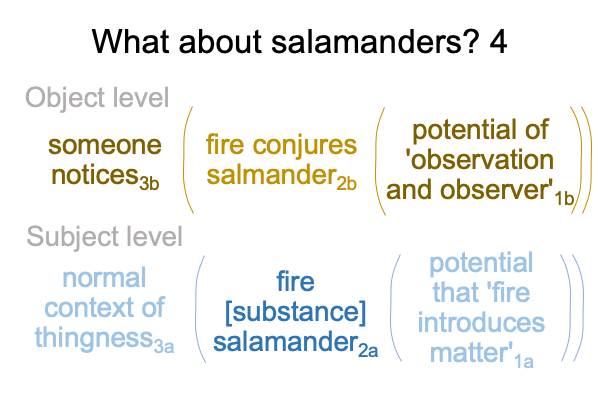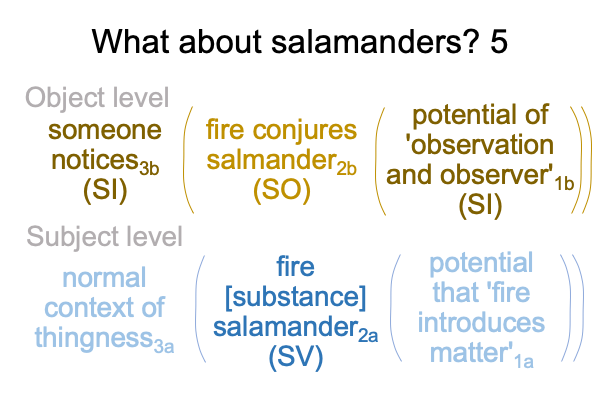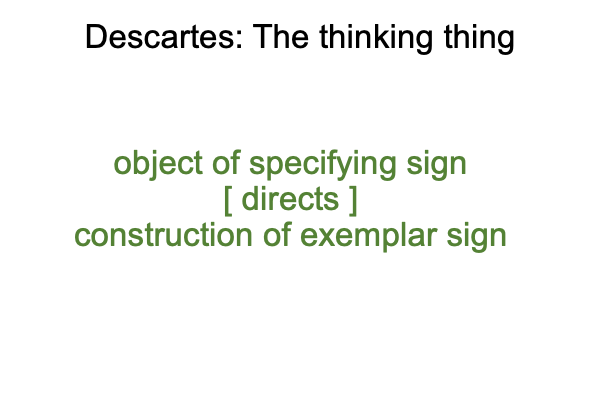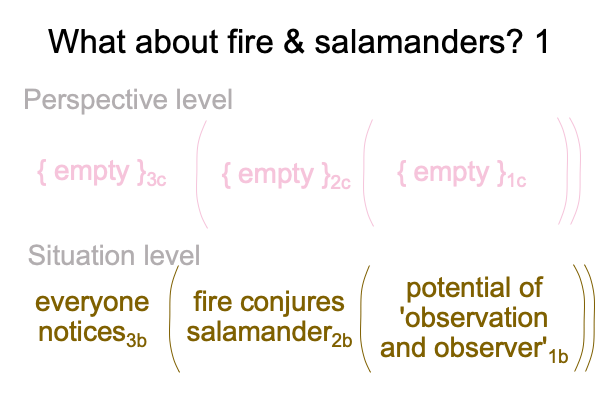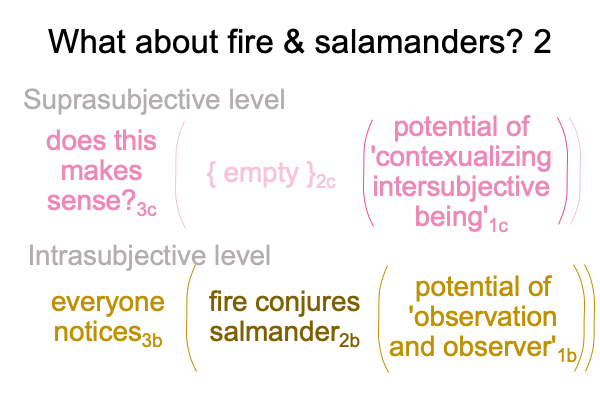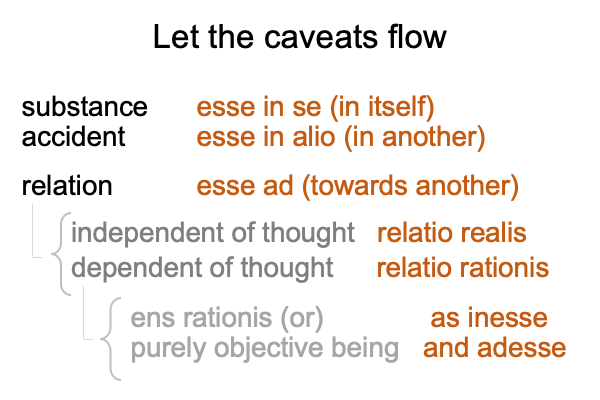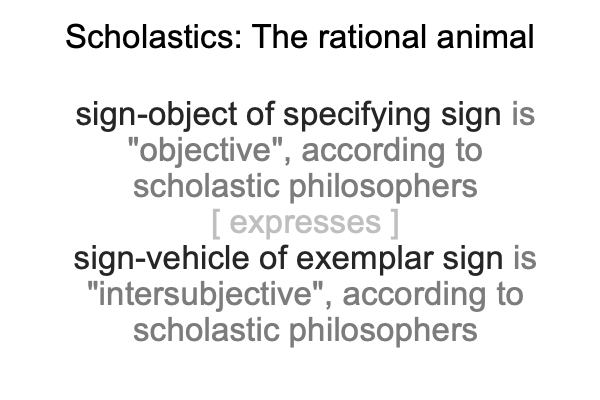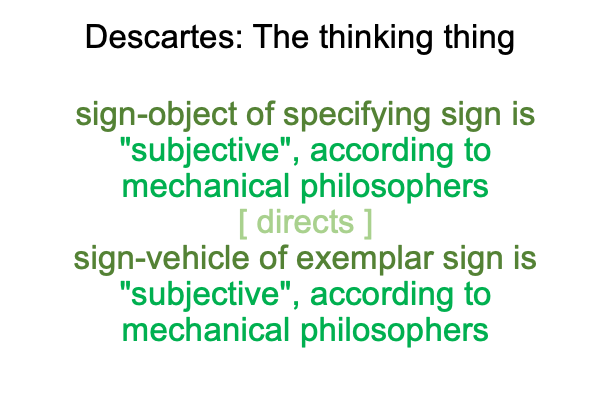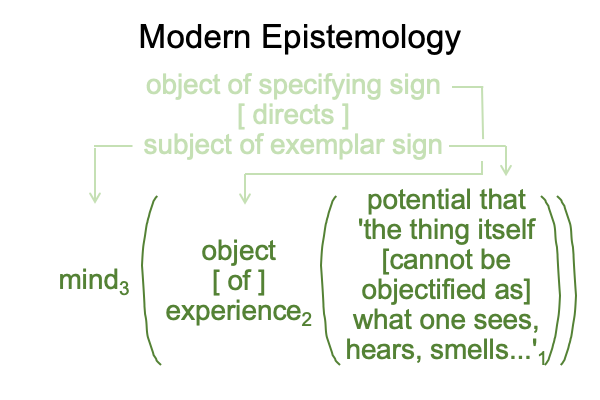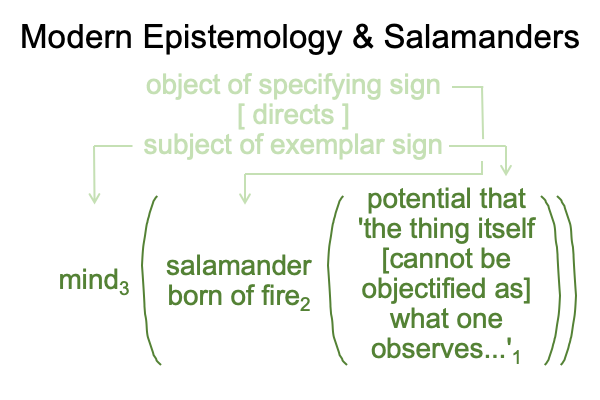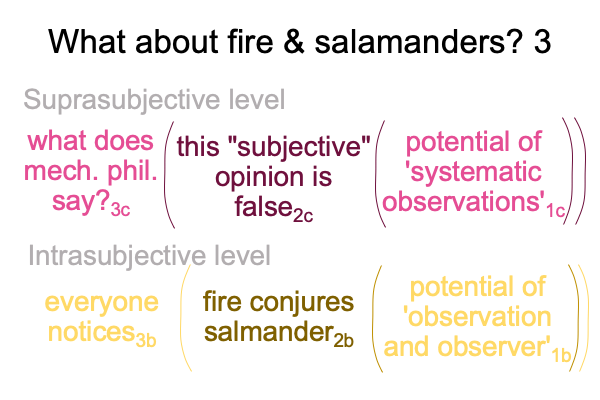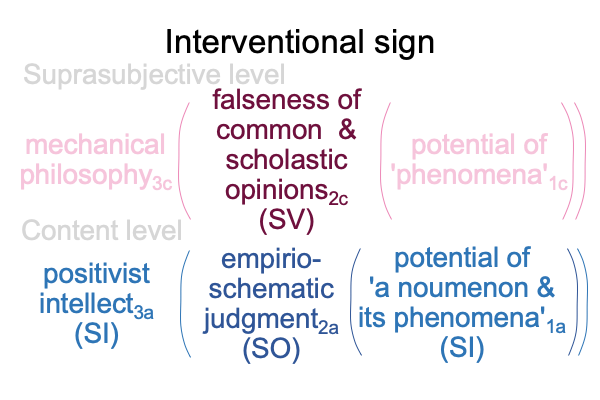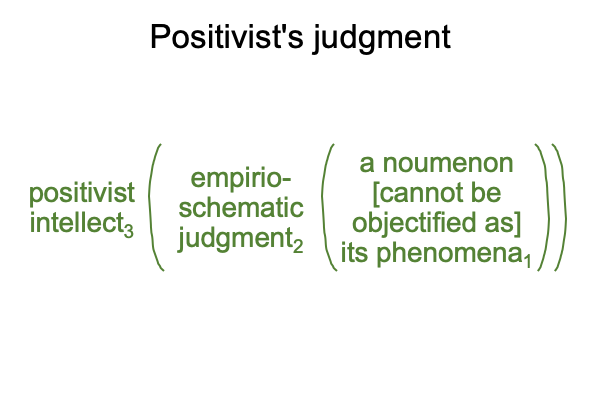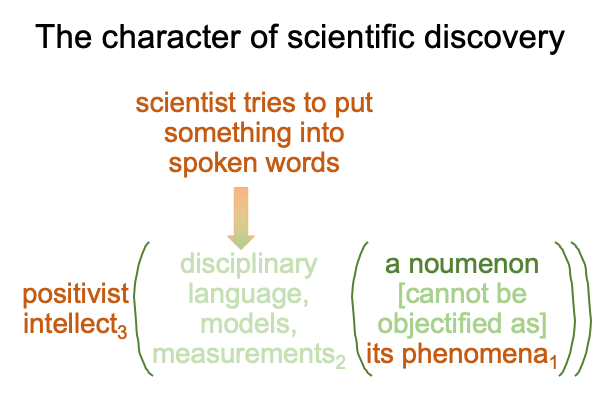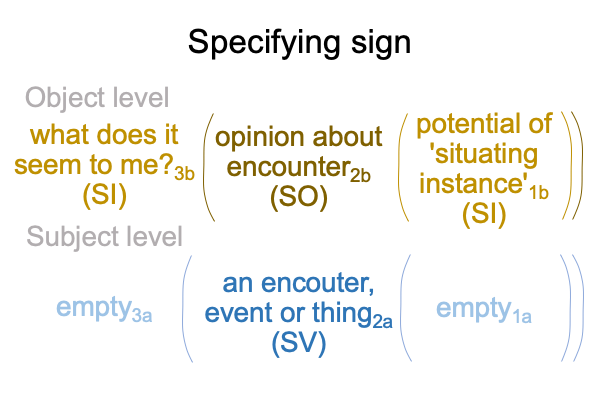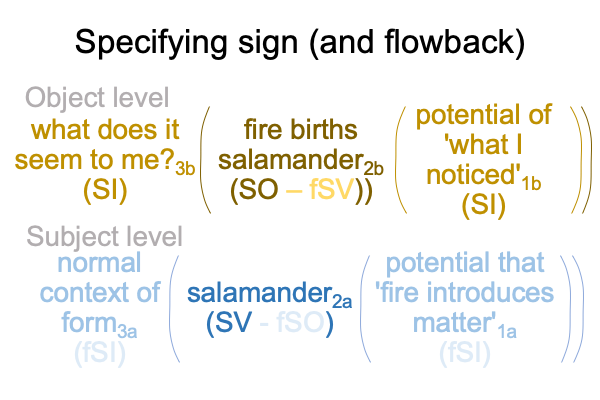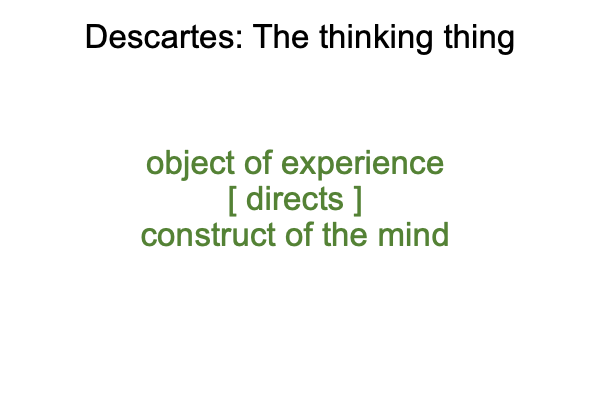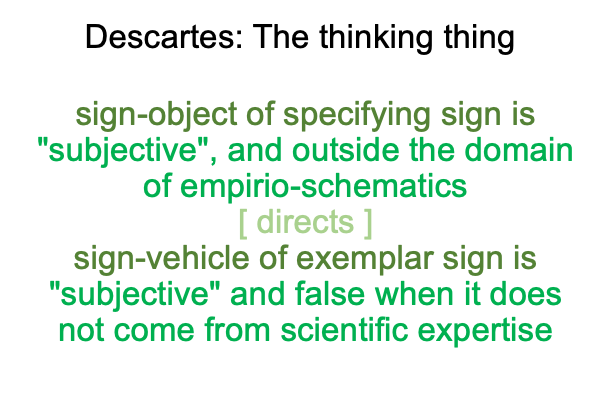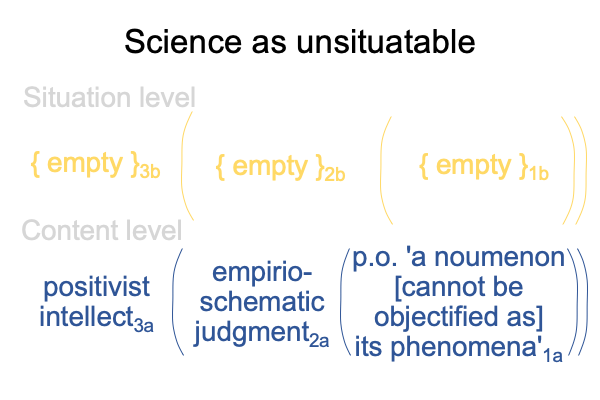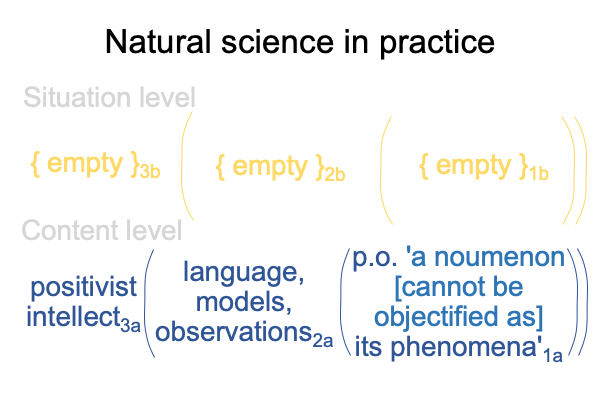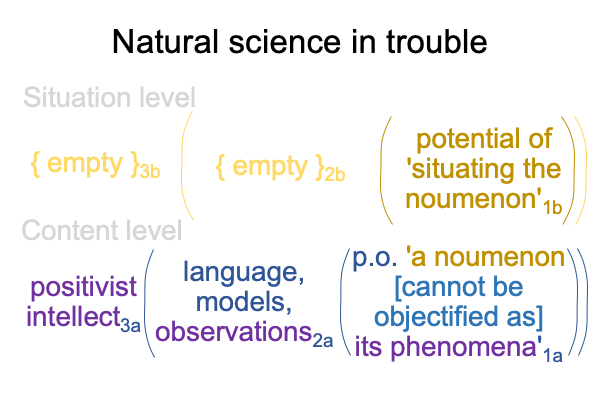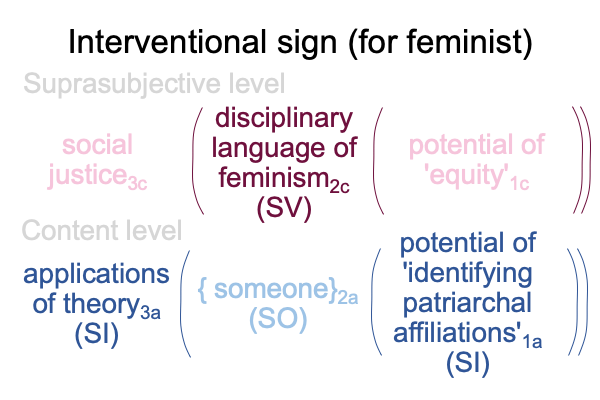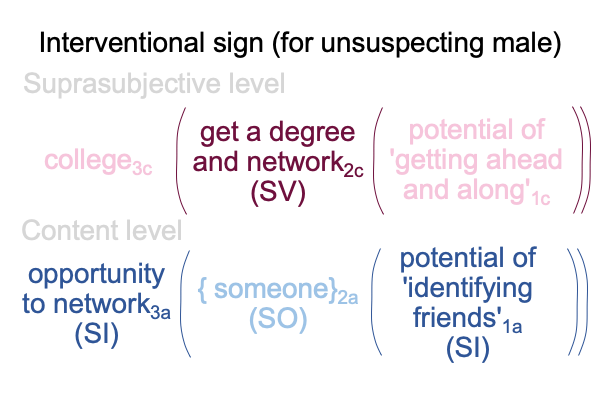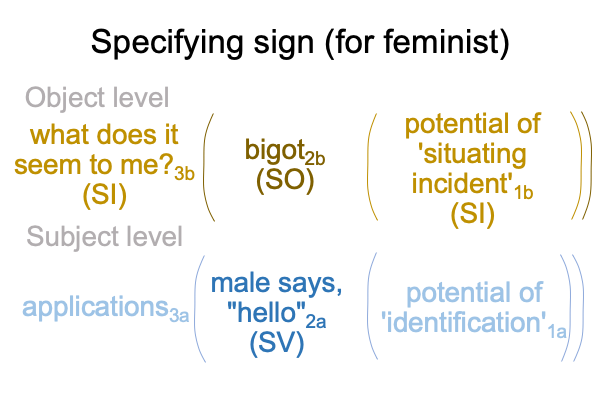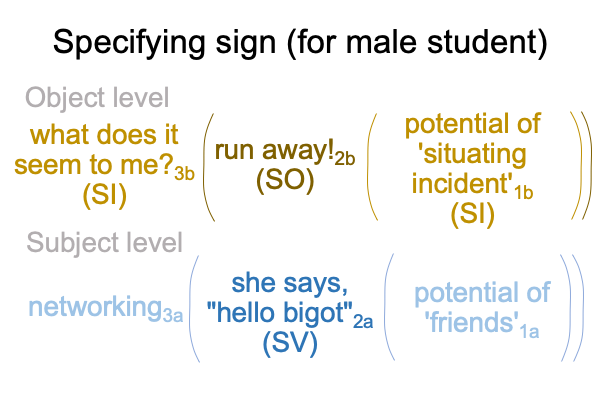Looking at John Deely’s Book (2010) “Semiotic Animal” (Part 12 of 22)
0089 Today, Deely, from his place of rest, speaks in his publications.
In chapter eight, Deely reminds us that triadic relations allow for mistakes.
Why are mistakes important?
Mistakes offer opportunities for correction and development, including the slow realization of the implications of following a particular shepherd.
0090 Is it a mistake to regard Deely as a most entertaining and bombastic shepherd?
If the answer is yes, then the sheep must now be culled for professionalism by a three-headed dog.
If the answer is no, then the Cerebus of the Underworld of Semiotica will also pass, as it becomes more and more clear that humans are semiotic animals, which is what Deely and his flock are advocating all along. Simply being humanmakes one into a semiotician.
Certification is not required.
0091 In chapter eight, Deely evaluates the sign-relation in regards to premodern protosemiotic distinctions. Distinctions vary according to category.
Two distinct normal contexts will either exclude or align. For example, death and resting in peace are normal contexts that can exclude or align, depending on one’s perspective (and God’s suprasubjective judgment).
Two distinct actualities separate on the basis of one particular contradiction. For example, living and dead are may refer to the same biological entity, suffering one or the other condition.
Two possibilities may be recognized as distinct, even though one cannot exist without the other. For a scientific example, a noumenon cannot exist without its phenomena and phenomena cannot exist without their noumenon.
0093 Here are two distinctions that, for centuries, schoolmen thought actual.
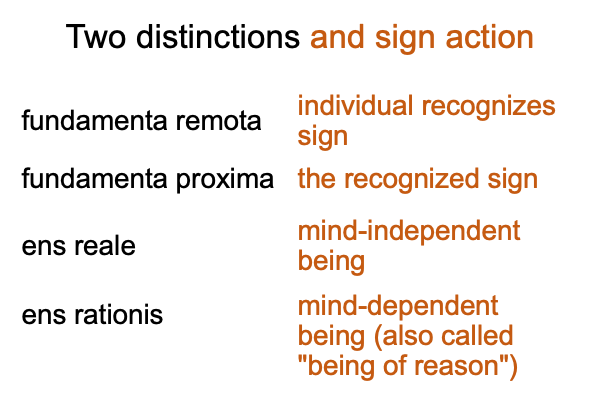
0094 First, Deely notes that the sign-relation makes these distinctions “permeable”. They start to leak into one another. Indeed, not only does leakage occur within the distinctions, it occurs between the pairs of distinctions.
What does this imply?
Do both distinctions move from the category of secondness and into the category of firstness?
If so, then the distinction between fundamenta remota and proxima belongs to a single entity, as well as the distinction between mind-independent and mind-dependent being, as well as the distinction between fundaments and beings.
0095 Whoa! Aristotelian distinctions may be relevant, but leaky?
Or does each distinction offer only a partial view of a single entity?
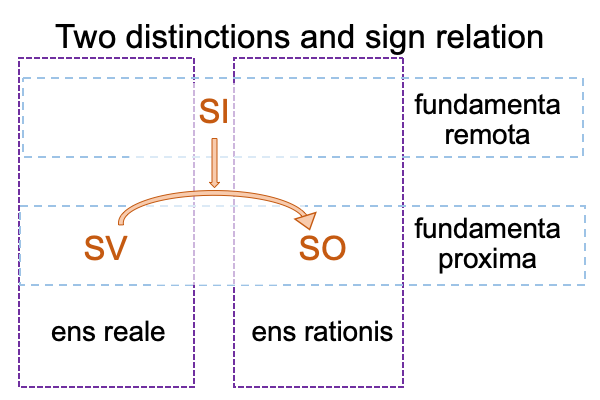
0096 Second, Deely claims that the sign-relation, in particular, and triadic relations, in general, are the only modes in which a finite mind can form. Our minds embody sign-relations, in particular, and triadic relations, in general.
What a remarkable claim. Biologists take note. Here is a proposal concerning the human niche. The human niche is the potential of triadic relations.
In this regard, Razie Mah presents three masterworks on the topic of human evolution: The Human Niche (with four accompanying commentaries), An Archaeology of the Fall (with accompanying instructor’s guide) and How To Define the Word “Religion” (with ten accompanying primers). These are available at smashwords and other e-book venues.

